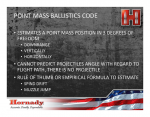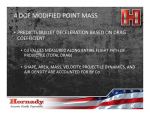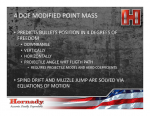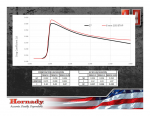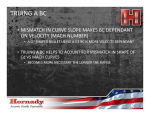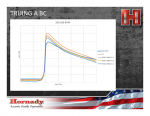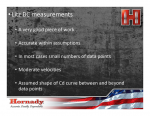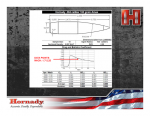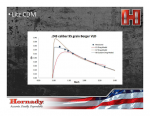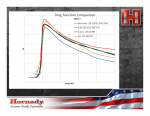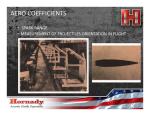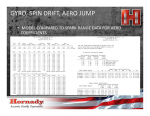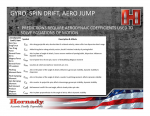Here is another comment on the false equivalency argument,
Once upon a time, people "got the job done" with drop tables in the back of reloading manuals - back when 600 yards was "long range", and look at the progress we've made since then doing "unnecessary" things - people are starting to complain that a 3" X-ring at 600 yards is too easy.
This is exactly the issue, our rifles, our bullets, our equipment is better. Making a 3" X Ring look too easy has absolutely positively NOTHING to do with software. That speaks to the increased accuracy of the shooter and rifle system in general. Hence the software now needs to catch up to modern times and our increased capabilities when shooting.
The software being peddled is not better, it's keeping to the publisher line of good enough. They know 75% of those using it are not reaching peak capabilities, they know the average range in the US is 200 yards. So they play a numbers game, they argue that inside 1000 yards everything is rosy. Well, our equipment is much better inside 1000 yards because we continue to push the envelope beyond this range. But the software cannot keep up. If everything was the same, if the Point Mass numbers were all good, every piece of software would be on, but clearly, that is not the case. Under the hood, it's all supposed to come from the same starting point. 3DOF PM Calculations, but as noted over and over, put the same end user data in, and get wildly different results out. That is easy enough to see without going to a range.
The software is not needed to hit an X ring, it's needed to predict the unknown. It's not needed where you can effectively rezero the rifle to the aiming point, but where you have to adapt on the fly. When you have a KD Range with convertible sighters, do you really need software? You know it's 300, 500, 600, 800, 900, 1000 yards. Everything in the middle or on the ends is irrelevant. Yet it's in those other areas we need software to fine tune the values. We can dope a certain amount distance but we cannot dope every distance, thus the need for software.
If the elevation predictions are so easy and good enough, why are the winds and the drifts so far off reality? How about putting the effort into the wind values, into fine-tuning the use of multiple wind zone to help combat the random nature of the effect. If 3DOF is more than good enough for the elevation where is the effort on the drift side of things which is clearly a weak point.
Lazy, that is why, we can copy and paste the formulas, we can detail the interface, but after that, just update the app to run through the IOS changes and your good, let the easy money roll in.
What they failed to understand is, if they required more of the shooter, more of the end user to confirm their data in order for these predictions to be better, they will do it. But we don't see anyone asking anything of the shooter beyond the basics. It's pretty easy to say, "If you do A, the answer will be B, if you do X the answer will be Y, and if you do A and X the answer will be Z, that would solve a lot of the truing issues we see. Like asking them for instructor level details to help the average shooter. I have been told flat out "NO" they want it all in-house, or just gray enough to confuse the average guy. Where is the instructor level videos and powerpoints to disseminate out to those truly interested?


